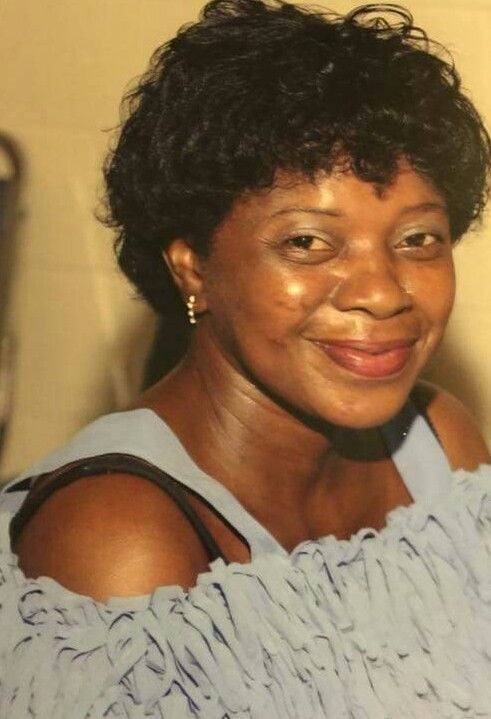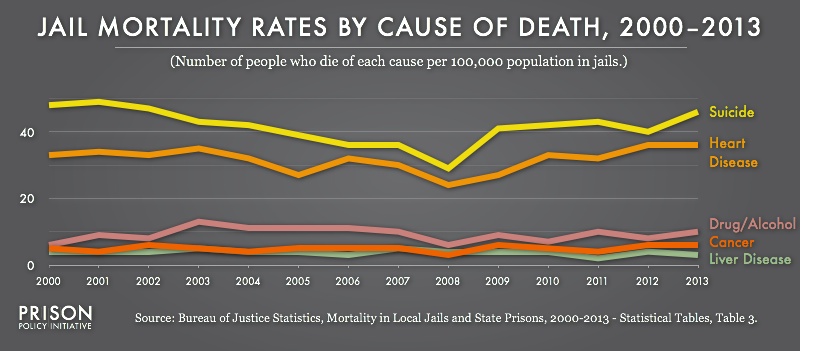
Joyce Curnell
Last July, Joyce Curnell, a 50-year-old Black woman, died of dehydration in the Charleston County jail, in South Carolina. In her death, she joined Sandra Bland, Kindra Chapman, Ralkina Jones and Raynette Turner: five Black women who died in one month in jails across the country. In her death, she also joined Kellsie Green, whose family called the police to arrest her because she needed help and there was no other help locally available. Joyce Curnell is the latest headstone to be placed alongside the highway of women missing and murdered by the State.
On July 21, Joyce Curnell went into hospital with severe stomach pains. She was diagnosed with gastroenteritis. When she was discharged, the local police picked her up on an outstanding warrant. Joyce Curnell’s son, Javon Curnell, had called the police and told them of his mother’s location and outstanding warrant. Joyce Curnell was struggling with alcoholism, and her children thought that the jail would provide her with the help she couldn’t anywhere else: “She’s my mom, but I’m trying to help her. She won’t listen, she drinks a lot. She needs some time to detox herself.” Javon Curnell saw only two choices for his mother: jail or the graveyard.
At the hospital, Joyce Curnell was hydrated, given medications and told to seek medical help if she had any more pain or vomiting. No one at the Charleston County jail did anything to address her pain. Joyce Curnell spent the night wracked with pain and vomiting. Guards brought her a trash bag to vomit into. No one moved her to any medical facility. Joyce Curnell grew too weak to go to the bathroom. In the morning she was too weak to eat and continued vomiting. No one gave her any water or helped in any other way. Medical staff “checked” her around 3 pm, and did nothing. By 5 pm, Joyce Curnell was dead. There was no failure here, but rather deliberate and lethal refusal.
The family is suing the Carolina Center for Occupational Health, which provide “health care” at the jail. As the family’s attorney explained, “This is not a situation in which Joyce needed access to cutting edge medical care to save her life. She needed fluids and the attention of a doctor. Not only has nobody been prosecuted in connection with Joyce’s death, it does not appear that any employee has even been reprimanded … You don’t need a medical license to administer Gatorade. At some point, she would have needed more than simple hydration, but early on, it probably would have worked.”
Who killed Joyce Curnell? Everyone. As has happened so often before in similar circumstances, the autopsy concluded that Joyce Curnell’s death was “natural.” What nature is that? The fault here is not in the stars but in ourselves, in our collusion with murders that, taken together, comprise a massacre. Where is the sustained outrage? The Curnell family sued the health contractors on Wednesday, and by today, the following Monday, the world has moved on, and Joyce Curnell, who died in agony, begging for help, for a drop of water, is dead.
(Photo Credit: The Post and Courier)

